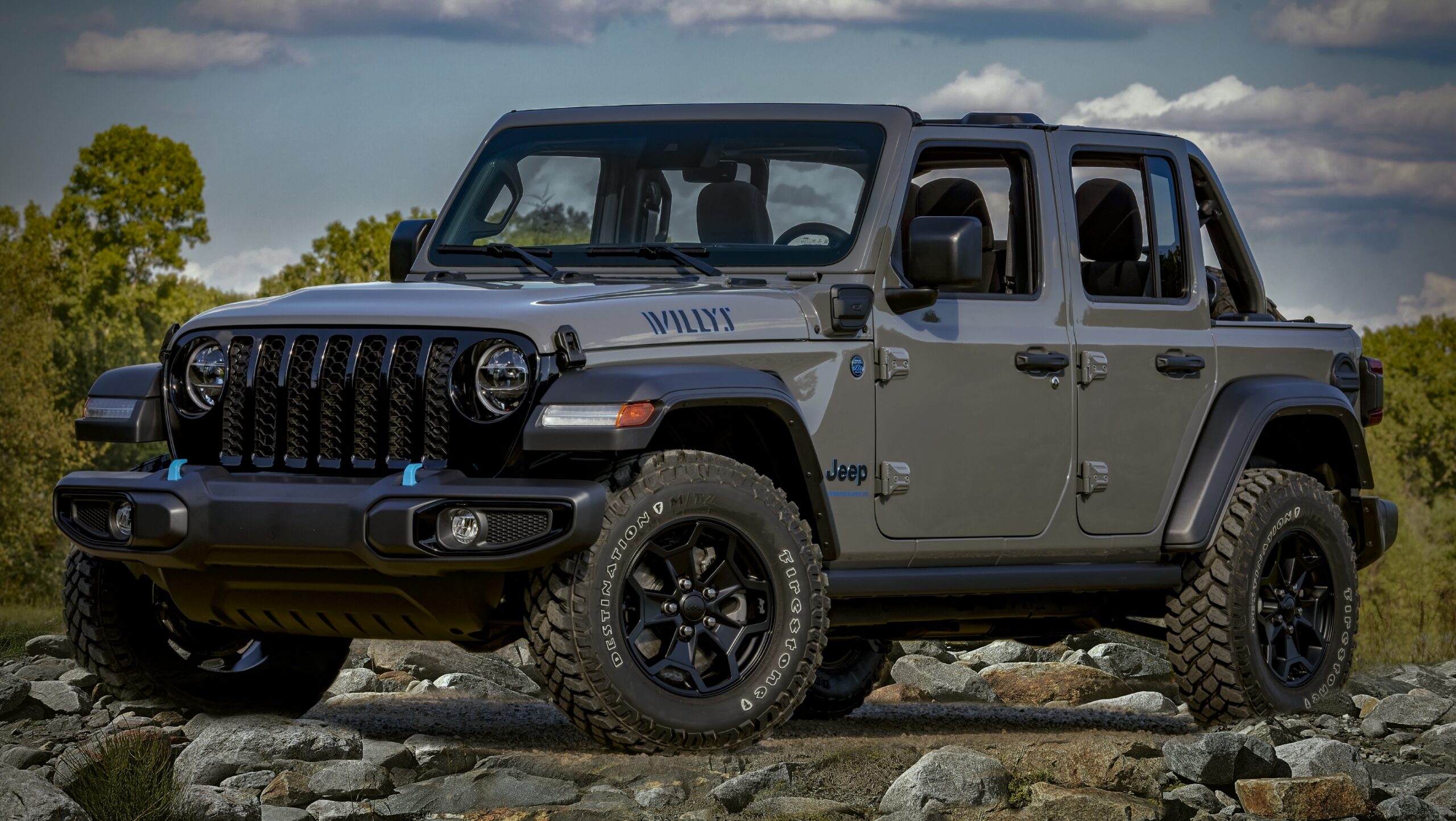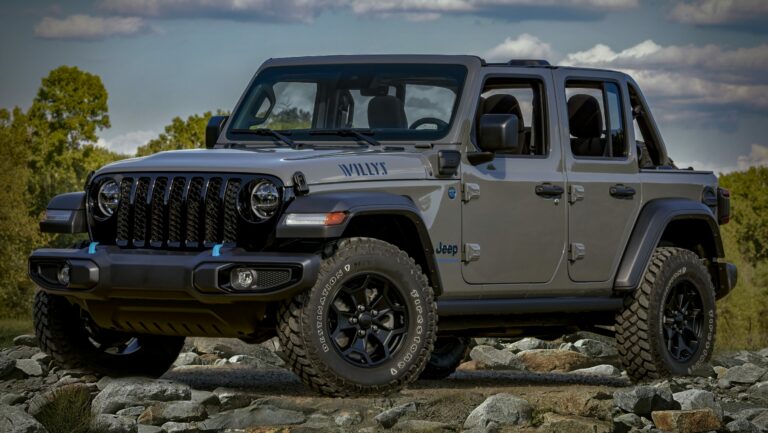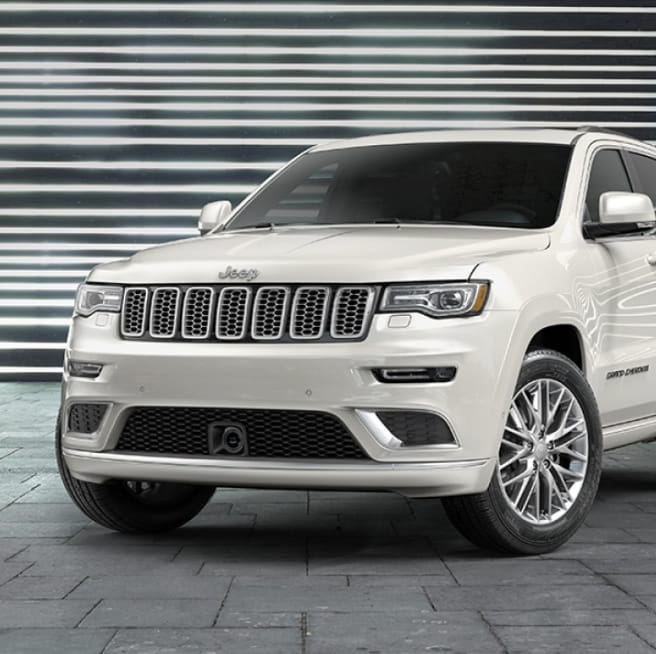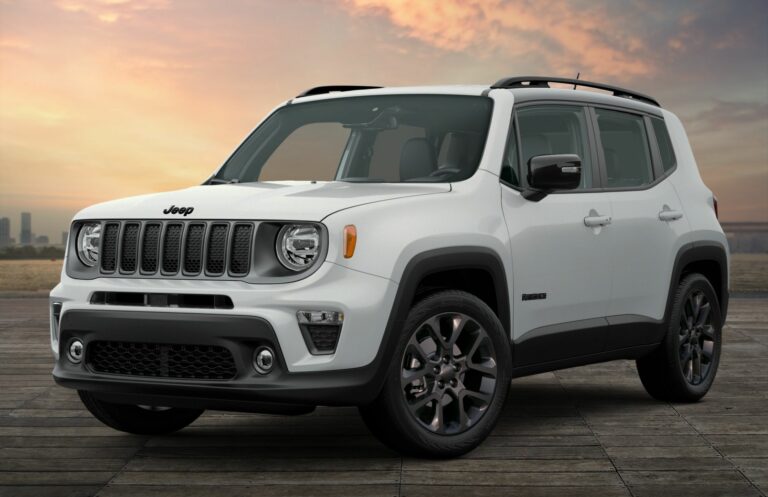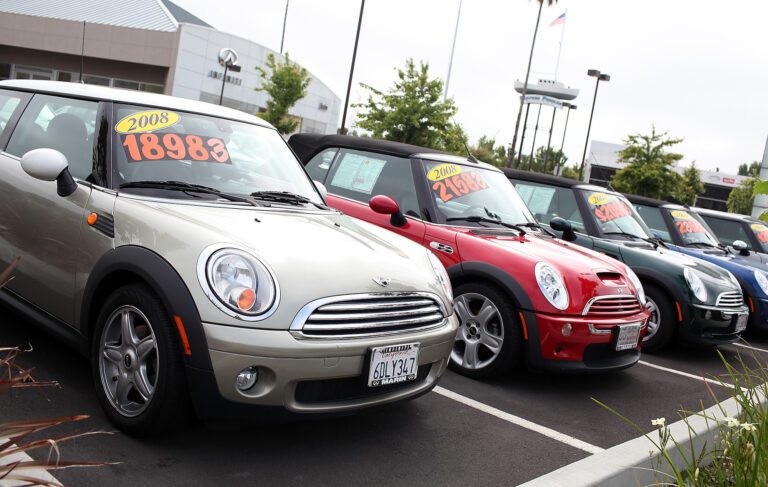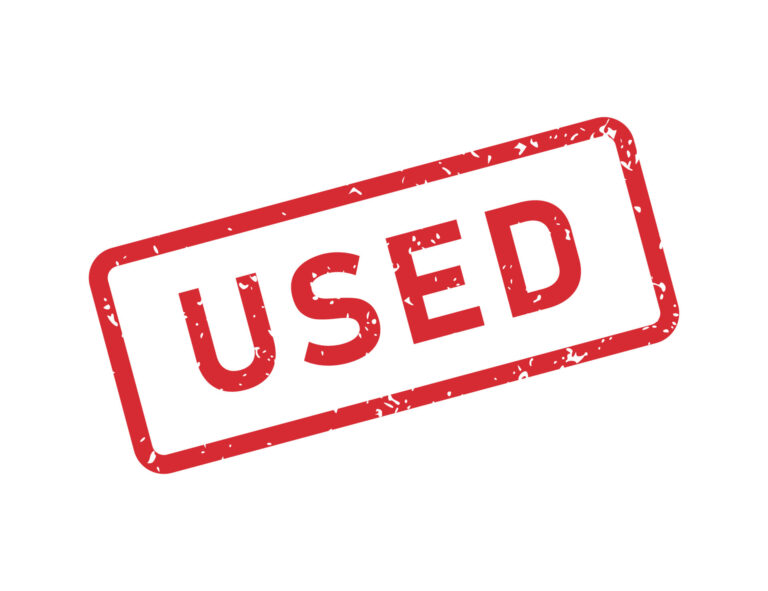Jeep Wrangler Hood For Sale: A Comprehensive Buyer’s Guide
Jeep Wrangler Hood For Sale: A Comprehensive Buyer’s Guide jeeps.truckstrend.com
The Jeep Wrangler is more than just an SUV; it’s an icon of adventure, rugged capability, and personal expression. Every component contributes to its legendary status, and the hood, far from being just a cover for the engine, plays a crucial role in both its aesthetics and performance. For many Jeep owners, the phrase "Jeep Wrangler Hood For Sale" isn’t just about a simple replacement; it signifies an opportunity for a significant upgrade, a vital repair, or a bold statement. Whether you’re looking to replace a damaged hood, enhance your Wrangler’s off-road prowess, or simply give it a fresh, aggressive look, understanding the myriad options available is key to making the right choice. This comprehensive guide will navigate you through everything you need to know when searching for a Jeep Wrangler hood.
Why Replace or Upgrade Your Jeep Wrangler Hood?
Jeep Wrangler Hood For Sale: A Comprehensive Buyer’s Guide
The reasons for seeking a new hood for your beloved Wrangler are diverse, extending beyond simple necessity to encompass performance and personalization.
- Damage Repair: This is perhaps the most common reason. Accidents, hail, falling debris, or even off-road mishaps can leave a hood dented, creased, or rusted beyond repair. A new hood restores the vehicle’s structural integrity and aesthetic appeal.
- Performance Enhancement: Certain aftermarket and OEM performance hoods are designed with functional vents, scoops, or heat extractors. These features improve airflow to the engine bay, aiding in cooling, especially beneficial for Wranglers that tackle demanding off-road trails, tow heavy loads, or operate in hot climates.
- Aesthetic Upgrade: The stock hood, while functional, might not align with every owner’s vision. Aftermarket hoods come in a vast array of styles, from aggressive power domes to sleek, minimalist designs, allowing owners to significantly alter their Wrangler’s front-end appearance and make it truly unique.
- Weight Reduction: For serious off-roaders or performance enthusiasts, every pound counts. Lighter materials like aluminum, fiberglass, or carbon fiber, often found in aftermarket hoods, can reduce overall vehicle weight, potentially improving fuel efficiency, handling, and acceleration.
- Accessory Integration: Some specialty hoods are designed with integrated mounts for light bars, high-lift jacks, or other off-road accessories, offering a cleaner, more secure mounting solution than external brackets.

Types of Jeep Wrangler Hoods Available for Sale
When exploring "Jeep Wrangler Hood For Sale," you’ll encounter a broad spectrum of options, primarily categorized by their origin, material, and style.
1. OEM (Original Equipment Manufacturer) Hoods
These are hoods manufactured by Mopar (Jeep’s parts division) or their licensed suppliers.
- Standard OEM Hoods: These are direct replacements for the hood that came with your Wrangler from the factory. They offer a perfect fit and factory-matched finish (if pre-painted). They are ideal for restoring a vehicle to its original condition after damage.
- Performance OEM Hoods: Mopar also offers performance hoods, most notably the "Rubicon 10th Anniversary" or "Rubicon HR (Heat Reduction)" hood, which features functional vents. The Gladiator Mojave/392-style hood with its prominent scoop is another example. These offer OEM quality with added performance benefits.
- Pros: Guaranteed fit, factory-level quality, maintains original vehicle value, often comes pre-primed or even painted.
- Cons: Higher price point, limited style options compared to aftermarket, often heavier steel construction.
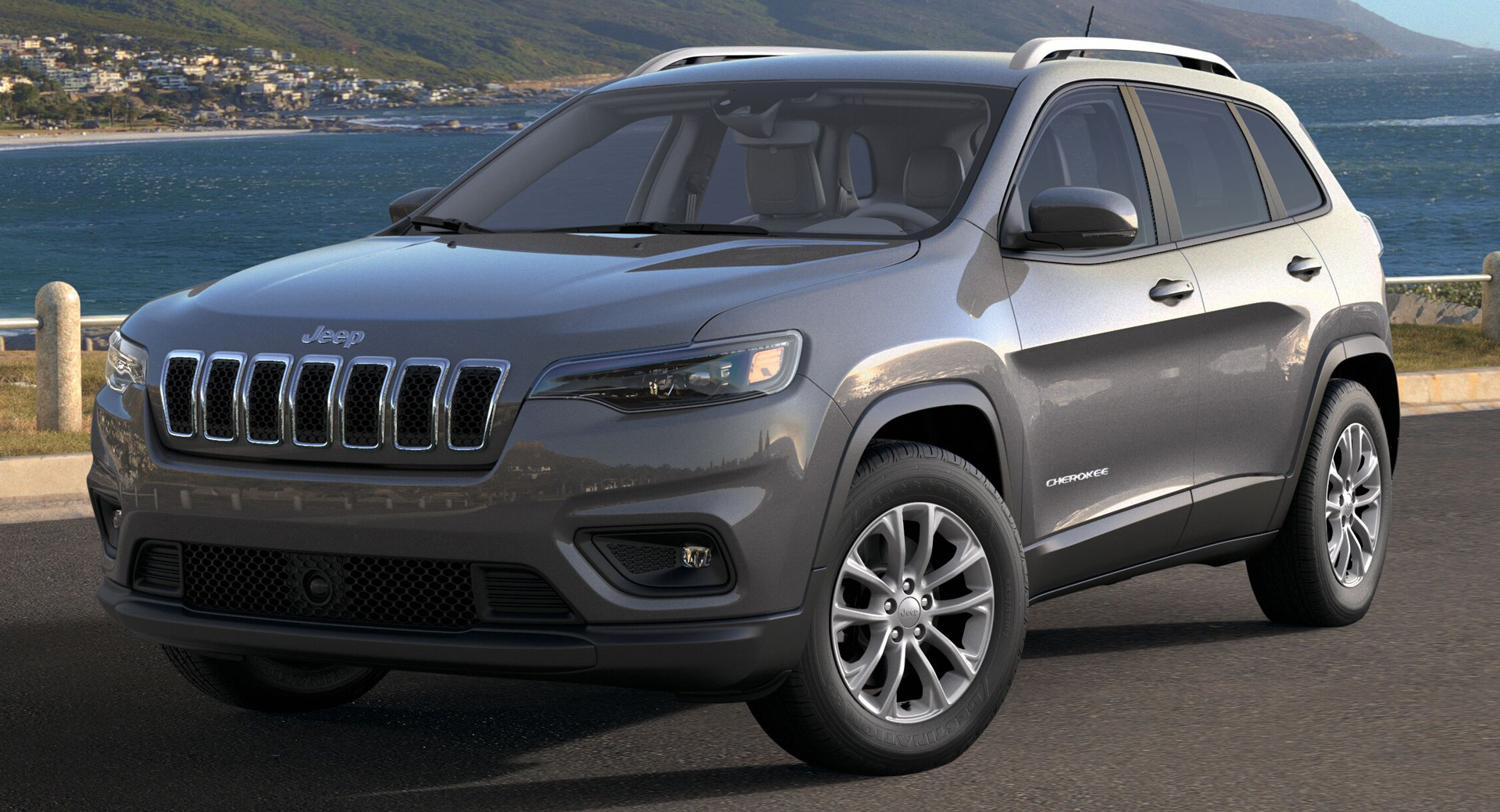

2. Aftermarket Hoods
The aftermarket is where customization truly thrives. These hoods are produced by third-party manufacturers and offer a huge variety in terms of material, design, and features.
- Material Options:
- Steel: Similar to OEM, steel hoods are durable and robust but heavy. They are generally more affordable than aluminum or carbon fiber.
- Aluminum: Increasingly popular, aluminum hoods are significantly lighter than steel, contributing to weight savings and potentially better fuel economy. They are corrosion-resistant but can be more expensive and sometimes harder to repair if dented. Many modern Wranglers (JL/JT) come with aluminum hoods from the factory.
- Fiberglass: Lightweight and relatively inexpensive, fiberglass hoods offer excellent design flexibility, allowing for intricate shapes and vents. However, they can be more prone to cracking on impact than metal and may require more prep work for painting.
- Carbon Fiber: The lightest and strongest option, carbon fiber hoods are primarily chosen for performance applications where weight reduction is paramount. They are also the most expensive and often left unpainted to showcase the distinctive weave.
- Style Variations:
- Power Dome/Vented Hoods: Characterized by raised sections and functional vents, these hoods improve engine cooling and give a muscular, aggressive look. Examples include designs inspired by Rubicon HR or Dodge Challenger Hellcat hoods.
- Aggressive/Muscle Hoods: These feature sharper lines, pronounced scoops (sometimes non-functional), and a generally more imposing presence.
- Flat/Sleek Hoods: While less common in the aftermarket, some designs offer a more streamlined, minimalist look.
- Hoods with Integrated Accessories: Some aftermarket options incorporate cutouts or mounts for LED light bars, auxiliary lighting, or even high-lift jacks, providing a clean, integrated solution.
- Popular Aftermarket Brands: AEV, DV8 Off-Road, Smittybilt, Rugged Ridge, RedRock, Mopar Performance, Poison Spyder, and many more. Each brand often has a signature style or focus.
- Pros: Unparalleled customization, potential for performance enhancements (cooling, weight), often more unique designs, wider price range.
- Cons: Fitment can sometimes be less precise than OEM (though good brands aim for OEM-like fit), paint matching might be required, quality can vary significantly between brands.
Where to Find Jeep Wrangler Hoods For Sale
The market for Jeep Wrangler hoods is vast, offering both new and used options through various channels.
New Hoods:
- Online Specialty Retailers: Websites like Quadratec, ExtremeTerrain, Morris 4×4 Center, and Northridge4x4 specialize in Jeep parts and accessories. They offer a wide selection of OEM and aftermarket hoods, detailed product descriptions, and customer reviews.
- Dealerships: For guaranteed OEM fit and finish, your local Jeep dealership can order genuine Mopar replacement hoods.
- Direct from Manufacturers: Some aftermarket manufacturers sell directly from their websites.
- Amazon/eBay: While these platforms offer competitive pricing, ensure you’re buying from reputable sellers with good return policies, especially for large items like hoods.
Used Hoods:
- Salvage Yards/Junkyards: A great place to find OEM hoods from wrecked Wranglers. Prices are significantly lower, but condition can vary. Inspect thoroughly for hidden damage or rust.
- Online Marketplaces: Facebook Marketplace, Craigslist, and dedicated Jeep forums (e.g., JL Wrangler Forums, JK-Forum) often have individuals selling used hoods. This can be a treasure trove for good deals, but "buyer beware" applies. Always ask for detailed photos and inspect in person if possible.
- Local Off-Road Shops: Some shops might have used parts or be able to source them for you.
Key Considerations When Buying a Jeep Wrangler Hood
Navigating the "Jeep Wrangler Hood For Sale" market requires careful consideration of several factors to ensure you get the right product for your needs and budget.
- Model Year Compatibility: This is paramount. A hood designed for a JK Wrangler (2007-2018) will NOT fit a JL Wrangler (2018-present), and neither will fit a TJ (1997-2006) or YJ (1987-1995). Always double-check the exact year and model (e.g., 2-door, 4-door, Gladiator).
- Material Choice: Revisit the pros and cons of steel, aluminum, fiberglass, and carbon fiber based on your priorities (durability, weight, cost, repairability).
- Style Preference vs. Functionality: Decide if aesthetics are your primary goal or if you need functional vents for cooling. Many hoods offer both.
- Painted vs. Unpainted (Primed): Most aftermarket hoods come unpainted (primed) to allow for custom color matching. Factor in the cost of professional painting, which can be significant. OEM hoods may come pre-painted for an exact match.
- Included Hardware: Does the hood come with hinges, latches, a prop rod, and insulation, or do you need to purchase these separately? This can impact the total cost.
- Shipping & Handling: Hoods are large and bulky, making shipping expensive and prone to damage. Choose sellers with good packaging and shipping insurance. Inspect the hood immediately upon delivery for any transit damage.
- Installation Difficulty: While a hood replacement can be a DIY project for those with basic mechanical skills, aligning it perfectly can be tricky. Professional installation is recommended if you’re unsure or for custom painting.
- Budget: Prices vary wildly based on material, brand, and whether it’s new or used. Set a realistic budget before you start searching.
How to Install a Jeep Wrangler Hood (Basic Guide)
Replacing a Jeep Wrangler hood is a manageable task for two people, requiring basic hand tools. Always prioritize safety.
Tools Needed:
- Torque wrench
- Socket set (usually 10mm, 13mm)
- Screwdriver set
- Painter’s tape or masking tape
- Blanket or soft mat (to protect surfaces)
- A second person!
Steps:
- Safety First: Ensure your Wrangler is on a level surface, engine off, and cool.
- Disconnect Accessories: If your hood has any integrated lights, washers, or other electrical components, carefully disconnect their wiring harnesses and washer fluid lines.
- Mark Hinge Locations: Use painter’s tape or a marker to outline the position of the hinges on the old hood. This will help with alignment when installing the new one.
- Remove Old Hood: With the help of your second person, support the hood while you unbolt the hinges from the hood itself (usually two bolts per hinge). Once unbolted, carefully lift the old hood off and set it aside on a soft surface to prevent damage.
- Transfer Hardware (If Applicable): If your new hood doesn’t come with hardware, transfer the hinges, prop rod, and any other reusable components from the old hood to the new one.
- Install New Hood: With your helper, carefully position the new hood onto the hinge mounts. Align it roughly with your marked positions and loosely bolt the hinges to the hood.
- Adjust and Tighten: Slowly lower the hood to check alignment with the fenders and grille. Adjust as needed (you might need to loosen the hinge bolts slightly). Once aligned, carefully tighten all hinge bolts to the manufacturer’s specified torque.
- Reconnect Accessories: Reconnect any wiring harnesses, washer fluid lines, or other accessories.
- Final Check: Open and close the hood several times to ensure smooth operation and proper latching. Check for any rubbing or misalignment.
Note: For painting, always have the hood professionally painted before installation for the best results.
Maintaining Your New Jeep Wrangler Hood
Once installed, proper maintenance will ensure your new hood looks great and performs well for years.
- Regular Cleaning: Wash your hood regularly with automotive soap and water to remove dirt, dust, and grime.
- Waxing/Sealing: Apply a quality automotive wax or paint sealant every few months to protect the paint finish from UV rays, environmental contaminants, and minor scratches.
- Check Latches and Hinges: Periodically inspect the hood latches and hinges for proper function and lubrication. Loose latches can lead to hood flutter, a common Wrangler issue.
- Address Chips and Scratches: Touch up paint chips or scratches promptly to prevent rust (on steel hoods) or further paint degradation.
Price Table: Jeep Wrangler Hood For Sale (Estimated Ranges)
| Hood Type | Material | Condition | Estimated Price Range (USD) | Notes

